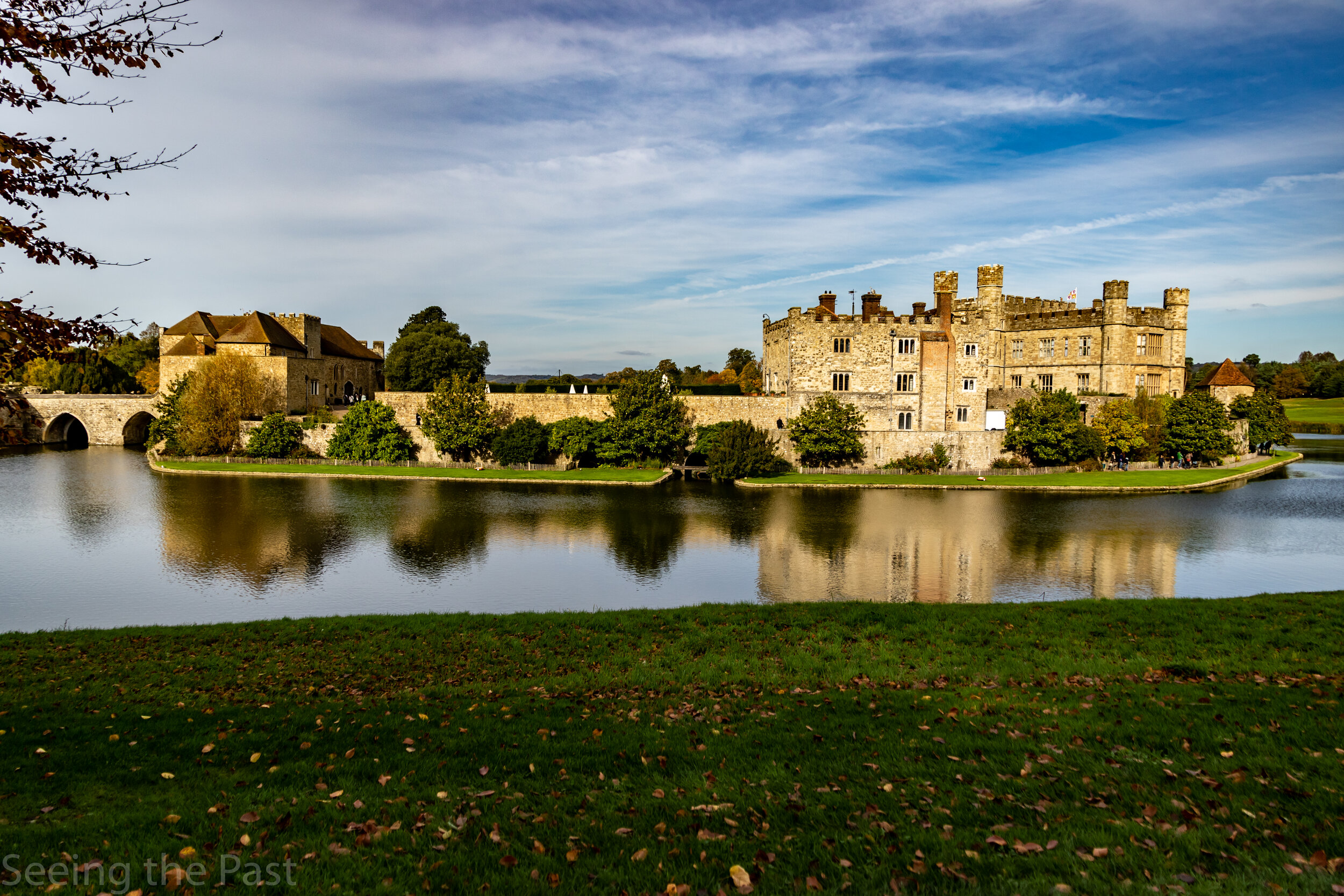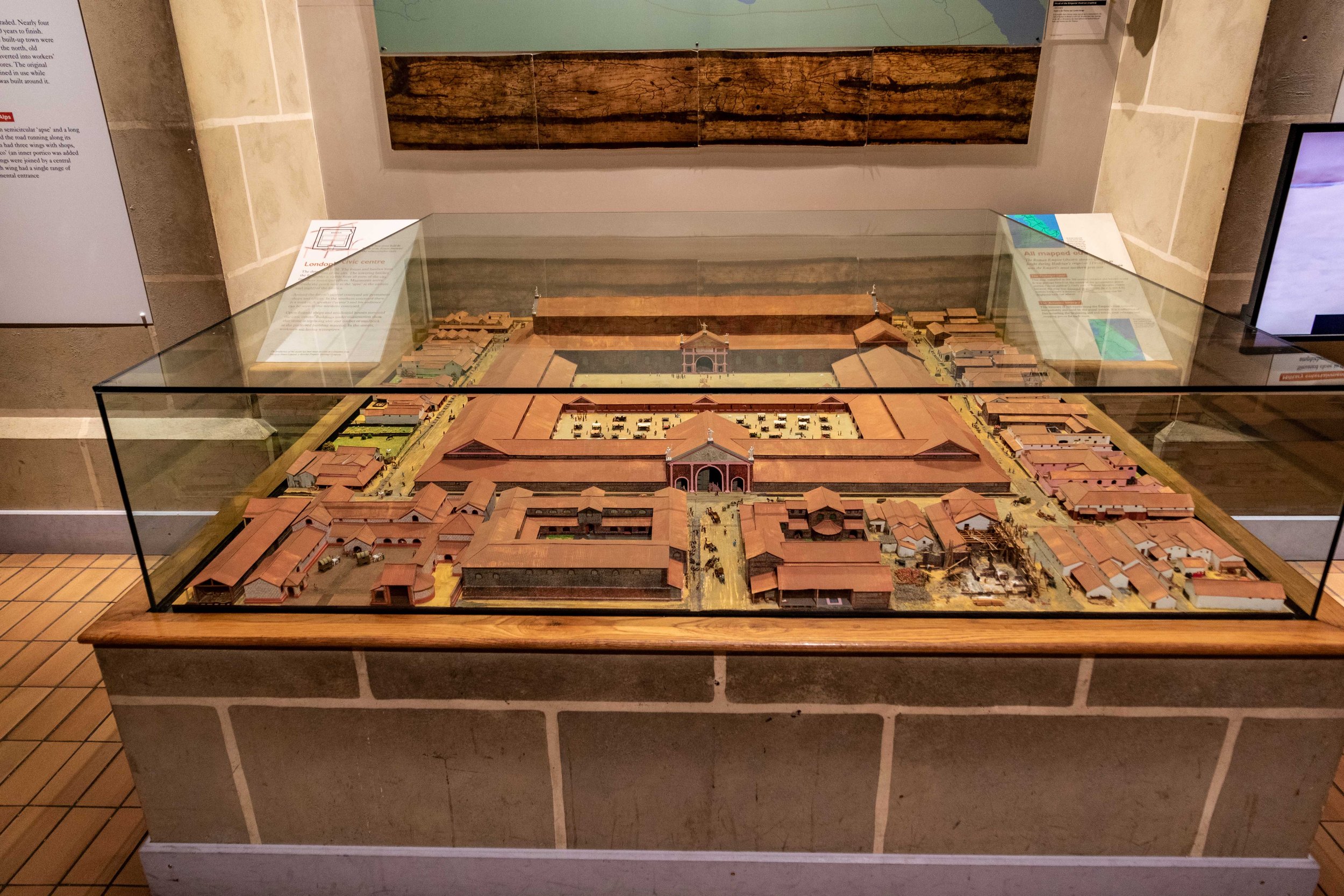Beaumaris Castle; possibly the greatest British Castle if only it had been finished.
/Beaumaris castle is possibly the greatest British Castle if only it had been finished. It is a brilliant example of a concentric castle, ie, a castle with walls within walls , loads of round towers, a moat, barbicans and no keep. It was built by one of the greatest castle builders, Master James of St George, at a time just before cannons put an end to the first phase of castle building. He attempted to create the ultimate castle. Master James was given a clean canvas on which to design and construct there best ever castle. There is good access to both sets of wall walks and so plenty to explore. It is easy to see all the defensive features and how they added to the overall effectiveness of castles. This was Edward I’s last Welsh castle in his iron ring and initially, money was no object.
Read More









































The Temple Church was the headquarters of the Knights Templar in London. The Templars have a fascinating history, have been linked to the “Holy Grail” and in modern times have featured in Dan Brown’s Da Vinci Code. In the film of book of his book, the key characters visit the temple in their quest to find the grail. In 1215 AD, it was the place that key negotiations for Magna Carta took place in the reign of King John. On stepping inside the Temple Church, eight effigies can be observed , one of which is William Marshall, known as “the greatest ever knight”.